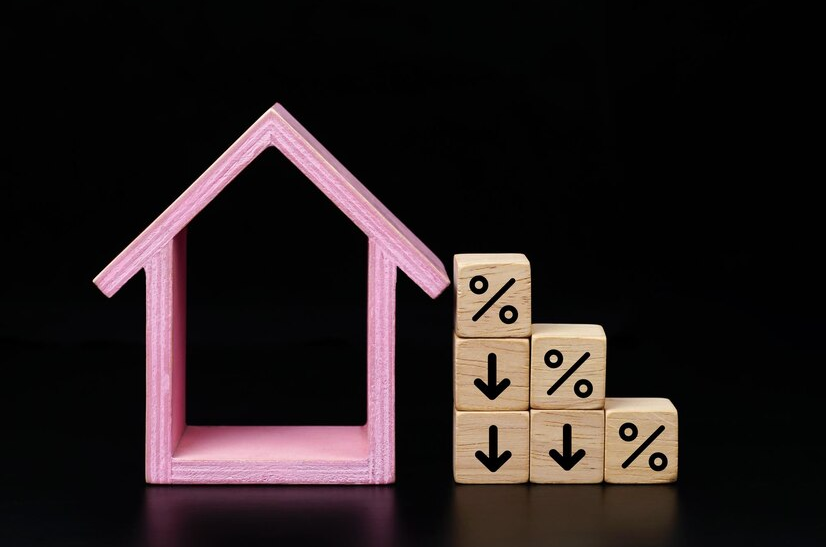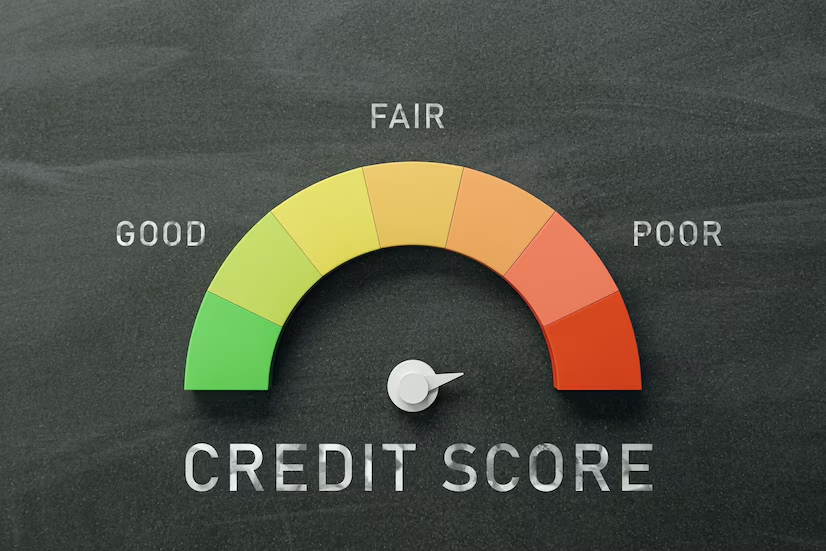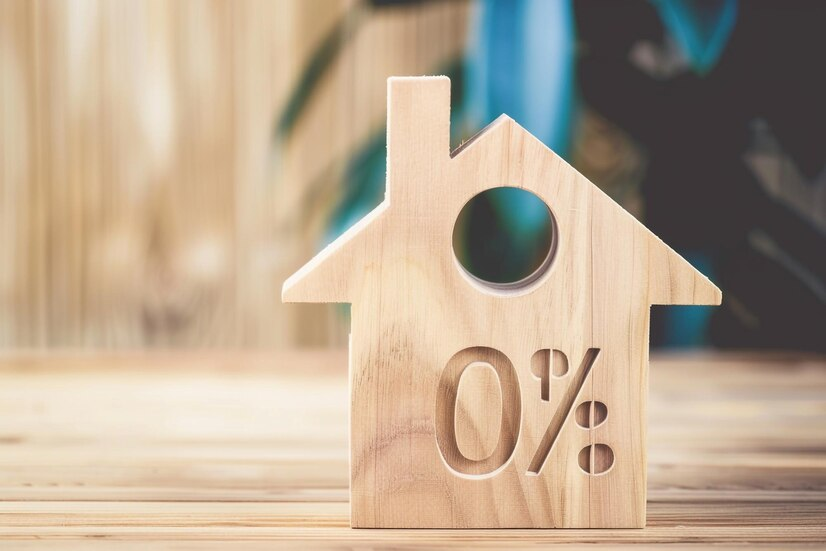Securing a low-interest mortgage is one of the most effective ways to reduce the overall cost of buying a home. With rising home prices and fluctuating interest rates, qualifying for a low-interest mortgage in 2024 can save you thousands of dollars over the life of your loan. In this comprehensive guide, we’ll cover the essential steps and strategies to help you qualify for a low-interest mortgage, including factors that influence mortgage rates, tips to improve your credit, and how to choose the right lender.
Understanding Mortgage Interest Rates
Before diving into how to qualify for a low-interest mortgage, it’s important to understand the factors that determine your mortgage rate:
- Credit Score: A higher credit score means lower interest rates. Lenders see borrowers with high credit scores as less risky, allowing them to offer better rates.
- Loan Type: Different mortgage types (fixed-rate, adjustable-rate, FHA, VA, etc.) have different interest rate structures.
- Loan Amount and Term: Shorter loan terms typically come with lower interest rates. A 15-year mortgage will usually have a lower interest rate than a 30-year mortgage.
- Down Payment: The larger the down payment, the less risk the lender takes, which can lead to lower interest rates.
- Debt-to-Income Ratio (DTI): Your DTI is the ratio of your monthly debt payments to your gross monthly income. A lower DTI indicates a strong financial position, which can help you secure a lower interest rate.
Step-by-Step Guide to Qualifying for a Low-Interest Mortgage in 2024
1. Improve Your Credit Score
Your credit score is one of the most important factors in determining the interest rate you receive on your mortgage. The higher your score, the more likely you are to secure a low-interest mortgage.
Tips to Improve Your Credit Score:
- Pay off Debt: Reduce outstanding balances on credit cards and loans.
- Avoid Late Payments: Make sure all your bills are paid on time, including credit card, utility, and other bills.
- Dispute Errors: Check your credit report for any inaccuracies that could be dragging down your score and dispute them with the credit bureau.
- Avoid New Credit: Don’t open new credit cards or take out loans in the months leading up to your mortgage application.
Lenders generally prefer borrowers with credit scores of 700 or higher to qualify for the best interest rates. If your score is below this, work on improving it before applying for a mortgage.
2. Save for a Larger Down Payment
A larger down payment reduces the risk for lenders, which often translates into lower interest rates. While many mortgage programs allow for down payments as low as 3-5%, putting down 20% or more can significantly improve your chances of securing a low-interest mortgage.
Benefits of a Larger Down Payment:
- Lower Monthly Payments: With a larger down payment, you’re borrowing less, which reduces your monthly mortgage payment.
- Avoid PMI: If you put down 20%, you can avoid private mortgage insurance (PMI), which adds to your monthly costs.
- Better Loan Terms: Lenders often offer better interest rates to borrowers who make larger down payments.
3. Reduce Your Debt-to-Income Ratio (DTI)
Your debt-to-income ratio plays a key role in determining your mortgage eligibility and interest rate. A lower DTI means you’re managing your debt responsibly and can afford to take on a mortgage.
How to Reduce Your DTI:
- Pay Off Existing Debts: Focus on paying down high-interest credit card balances and personal loans.
- Increase Your Income: If possible, consider taking on extra work or negotiating a raise to improve your DTI.
- Avoid New Debt: Don’t take on any new debt (like a car loan or credit card) before applying for your mortgage.
Lenders typically prefer a DTI below 43% to approve a mortgage, but the lower your DTI, the better your chances of getting a low interest rate.
4. Choose the Right Mortgage Type
Different types of mortgages come with different interest rates. Here are some popular options to consider:
- Fixed-Rate Mortgage: Offers a consistent interest rate and monthly payments for the life of the loan. Best for buyers who plan to stay in the home long-term.
- Adjustable-Rate Mortgage (ARM): Offers lower initial interest rates that adjust after a set period (e.g., 5 or 7 years). Ideal for buyers who plan to move or refinance before the adjustment period.
- FHA Loan: Backed by the Federal Housing Administration, FHA loans are designed for first-time homebuyers and those with lower credit scores. FHA loans often come with lower interest rates, but they require mortgage insurance.
- VA Loan: Available to veterans and military members, VA loans offer competitive interest rates and don’t require a down payment.
5. Shop Around for Lenders
Not all lenders offer the same rates, so it’s important to shop around to find the best mortgage deal. Compare offers from banks, credit unions, online lenders, and mortgage brokers.
Tips for Shopping Lenders:
- Request Loan Estimates: Ask each lender for a loan estimate, which outlines the interest rate, fees, and loan terms.
- Negotiate: Don’t be afraid to negotiate the terms of your mortgage. If one lender offers a better rate, use it as leverage with other lenders.
- Check Reviews: Look up customer reviews and testimonials for each lender to ensure they have a good reputation for customer service.
6. Lock in Your Interest Rate
Once you’ve found a good mortgage rate, it’s wise to lock it in. A rate lock ensures that your interest rate won’t change between the time you’re approved and the time you close on your loan. This is especially important in 2024, where interest rates may fluctuate throughout the year.
How to Lock in a Mortgage Rate:
- Lock Period: Rate locks typically last between 30 to 60 days. Make sure your closing process will fit within this period.
- Extension: If your closing takes longer than expected, some lenders offer a rate lock extension, but it may come with additional fees.
7. Consider Points to Buy Down the Rate
Mortgage points are a way to reduce your interest rate by paying more upfront. Each point is equal to 1% of the loan amount and typically reduces the interest rate by 0.25%.
Should You Buy Points?
- Yes if you plan to stay in the home for many years and want to lower your long-term costs.
- No if you’re planning to move or refinance within a few years, as you won’t recoup the upfront cost.
Additional Tips to Qualify for a Low-Interest Mortgage in 2024
1. Monitor the Market
Interest rates fluctuate based on the economy, inflation, and Federal Reserve policies. Stay informed about market trends to identify the best time to lock in a low rate. In 2024, rates are expected to vary, so timing is key.
2. Consider Refinancing if Rates Drop
If you already have a mortgage but rates decrease in 2024, you may benefit from refinancing to lock in a lower rate. Refinancing can help reduce your monthly payments and overall interest costs.
3. Avoid Major Financial Changes
While applying for a mortgage, avoid making significant financial changes that could negatively impact your credit score or DTI. This includes taking out new loans, changing jobs, or making large purchases on credit.
Frequently Asked Questions
1. What is the best credit score to get a low-interest mortgage?
A credit score of 700 or higher is ideal for qualifying for low-interest mortgage rates. However, some lenders may offer competitive rates to borrowers with scores as low as 640, especially for FHA loans.
2. How much down payment do I need for a low-interest mortgage?
A down payment of 20% or more is recommended to secure the lowest interest rates and avoid PMI. However, many lenders offer competitive rates with lower down payments.
3. Can I qualify for a low-interest mortgage if I have a high DTI?
If your DTI is above 43%, it may be difficult to qualify for a low-interest mortgage. You can improve your DTI by paying off debt or increasing your income before applying for a mortgage.
4. How long does a rate lock last?
Rate locks typically last between 30 and 60 days, depending on the lender. Some lenders may offer rate lock extensions, but this may come with additional fees.
5. What is the difference between a fixed-rate and adjustable-rate mortgage?
A fixed-rate mortgage has a consistent interest rate and monthly payment for the life of the loan, while an adjustable-rate mortgage (ARM) has a lower initial rate that can change periodically after the introductory period.
Conclusion
Qualifying for a low-interest mortgage in 2024 requires careful planning, a good credit score, a sizable down payment, and the right loan type. By following these steps—improving your credit, reducing your DTI, shopping around for lenders, and locking in your rate—you can increase your chances of securing the best mortgage rate possible. With the right approach, you’ll not only get your dream home but also save significantly on interest payments over the life of your loan.


















